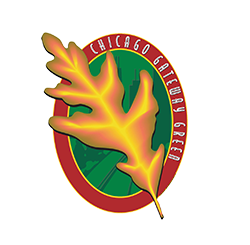Many of us don’t like insects and prefer not to have them in our yards and neighborhoods. While there are certainly unwanted insects, such as poisonous spiders, ticks and mosquitos; we need the majority of insects for pollination for most of the beautiful flowers in our gardens and neighborhoods.
 Pollination is a vital process of nature that isn’t very well known, but is extremely important in the food growing processes, and without it, we would be in trouble. For the fruit seeds to develop, pollen has to be transferred between two flowers of the same species, which then fertilizes the flower and allows the production of healthy seeds on the plant.
Pollination is a vital process of nature that isn’t very well known, but is extremely important in the food growing processes, and without it, we would be in trouble. For the fruit seeds to develop, pollen has to be transferred between two flowers of the same species, which then fertilizes the flower and allows the production of healthy seeds on the plant.
It is estimated that ¾ of our staple crops, and 1/3 of all food crops require pollination. Without the necessary amount of pollinators, we wouldn’t be able to grow the crops necessary for food. Hand-pollinating crops would be a huge financial burden and undertaking, and would drastically change agriculture.
The most widely known pollinators are honey bees. Honey bees are responsible for the pollination and thus production of $19 billion worth of food crops each year, just in the United States alone! There are many other pollinators that are just as vital to food crop productions and plant reproduction as honey bees, but aren’t as well known such as wasps, moths, flies, butterflies, beetles, bats, birds, and ants.
We can take steps in our own backyards, gardens, and neighborhoods to create a pollinator friendly environment, which is crucial to pollinators’ (and our own) survival! One way to do this is to plant more pollinator food sources such as a variety of flowering plants. It is best to choose different flowering plants so you will have a continuous bloom throughout the year in order to extend the pollen and nectar seasons. Planting your variety flowers in large areas is more effective than planting flowers in small, isolated areas.
Another important step is providing pollinators a source of water in your yard. A simple idea is to put a bird dish of water in a shady spot in your yard. Be sure to put a cork in the dish so the pollinators have a place to land and to keep mosquitoes away.
Lastly, be cautious in your use of pesticides in your garden and yard. Use pesticides sparingly because overuse of pesticides can potentially harm pollinators. It is best to research what pesticides are least harmful for your type of flowers/garden. Once you have your pollinator friendly yard, make sure to educate your neighbors and friends on the importance of pollinators!
See the link for the full article below.

